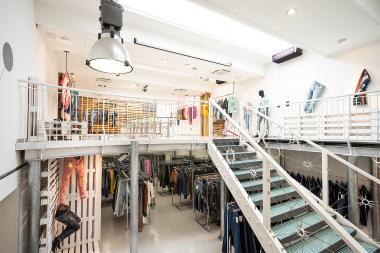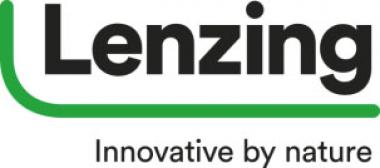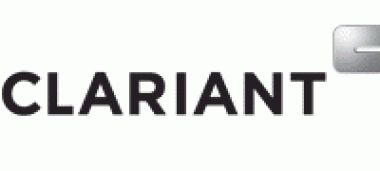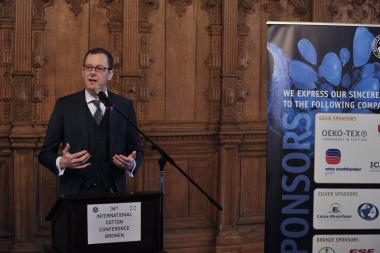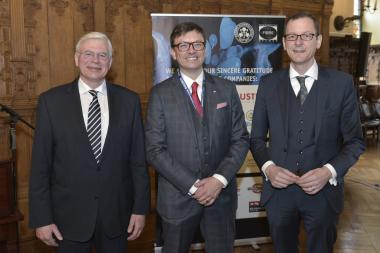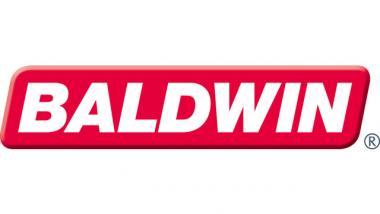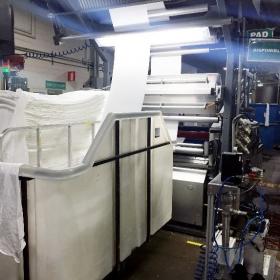Sustainability becomes an integrated path to growth in the new strategy chosen by Garmon Chemicals
- Product innovations, thought-leadership and the new certifications.
- A set of strategic green actions, aimed at increasing transparency and traceability in the company and throughout the industry.
Garmon Chemicals relaunches its commitment to an increasingly green and transparent use of chemicals. The new goal for the company, which in January 2018 has become part of the US Kemin Industries group, is to embark on an actual journey towards sustainability, integrating product innovation with increasingly distinctive strategic actions.
There are three main innovations spearheading Garmon’s commitment. The partnership with the ground-breaking project Alliance for Responsible Denim in the exclusive workshop “Doctor Visits”, held in London June 12. The new ISO 14001:2015 and ISO 9001:2015 process certifications. The innovative “Stretch Care” collection which features a whole package of eco-compatible solutions, specific for finishing in the world of stretch fabrics.
In partnership with Alliance for Responsible Denim for the “Doctor Visits” workshop
On June 12, in London, the stage was set for “Doctor Visits” an event-workshop organized by Alliance for Responsible Denim focusing on the dissemination and promotion of best practices for sustainable manufacturing. The meeting was dedicated to six selected denim brands, which had a chance to meet the greatest experts in the finishing of indigo fabric.
Garmon Chemicals made available its inimitable experience as technical partner for finishing, as well as conducting team sessions with the Jeanologia staff, a leading company for eco-sustainable technological solutions. The six brands brought the finishing recipes of their Never out of Stock styles, to receive support and recommendations from the experts about the most innovative alternatives in terms of sustainability. The goal was to show the brands new possibilities to migrate towards more responsible finishing, improving their recipes as well. This was a way to reaffirm how ecodriven innovations can also increase finished product quality.
The new ISO certifications: increasingly high standards
Garmon Chemicals is also pleased to announce that it has been awarded two important certifications for compliance with ISO international standards as regards safety, reliability and quality. Reference is made here to ISO 9001:2015, a certification which sets international criteria for quality management systems, and most notably, to ISO 14001:2015, a standard acknowledged worldwide stipulating all requirements for an environmental management system. This certification, in particular, helps organizations improve their environmental management performance levels through a more efficient use of resources as well as by reducing production waste. Indeed ISO 14001:2015 mandates that an organization should take into account all aspects relevant to its core business. Amongst assessed parameters there are: air pollution, managing water resources and discharge, waste management, soil contamination, mitigation and adjustment to climate change, as well as an efficient use of resources.
These certifications, once again, provide evidence of the constant commitment on the part of Garmon for an increasingly sustainable use of chemicals, aimed at truly reducing its impact on humans and the environment.
A commitment which comes to life in the new “Stretch Care” collection
Introduced on the occasion of the Kingpins exhibition in April 2018, the new “Stretch Care” collection is a line of products completely dedicated to enhancing the qualities and performance of stretch fabrics. The special formulations developed for this line, with their cutting-edge raw materials, are especially suited for treatments with a high eco-compatibility rate; at the same time they optimize the production process. It is worth mentioning in particular the innovative Geopower NPS (= no pumice stone), a compound which helps eliminate pumice stone from denim washings, thus reducing environmental costs and impacts. Another ground-breaking product is Avol Oxy White, the innovative bleaching agent designed to achieve localized effects on denim. Thanks to its composition it is an ecologically advanced product whose environmental impact has been reduced to a minimum, a real challenge to the use of potassium permanganate which tends to be pervasively used as part of industrial processes.
“We firmly believe in developing sustainable chemistry” – concludes Donald Mulazzani, Marketing and Business Development Director at Garmon Chemicals – “not only in terms of product, but also as evidence of our responsible approach on several levels. In this way, we want to contribute to disseminating what will need to be the best practices in the future, for the whole industry”.
Garmon
Menabò Press office for Garmon Chemicals






